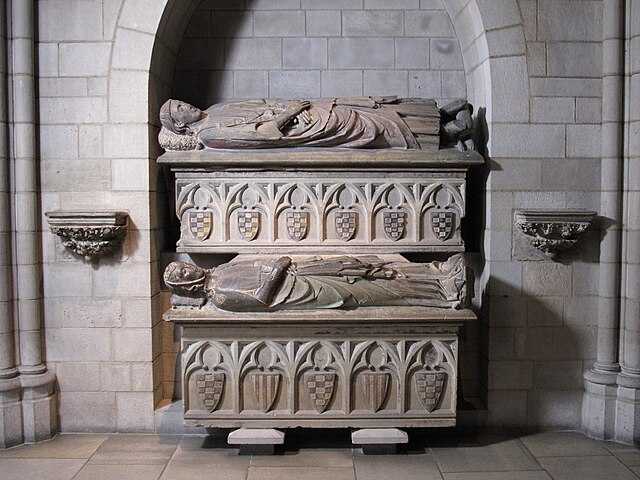
Sarcophagus
Stone coffin / From Wikipedia, the free encyclopedia
Dear Wikiwand AI, let's keep it short by simply answering these key questions:
Can you list the top facts and stats about Sarcophagus?
Summarize this article for a 10 year old
SHOW ALL QUESTIONS
For other uses, see Sarcophagus (disambiguation).
A sarcophagus (pl.: sarcophagi or sarcophaguses) is a coffin, most commonly carved in stone, and usually displayed above ground, though it may also be buried. The word sarcophagus comes from the Greek σάρξ sarx meaning "flesh", and φαγεῖν phagein meaning "to eat"; hence sarcophagus means "flesh-eating", from the phrase lithos sarkophagos (λίθος σαρκοφάγος), "flesh-eating stone". The word also came to refer to a particular kind of limestone that was thought to rapidly facilitate the decomposition of the flesh of corpses contained within it due to the chemical properties of the limestone itself.[1][2]
This article needs additional citations for verification. (June 2022) |




